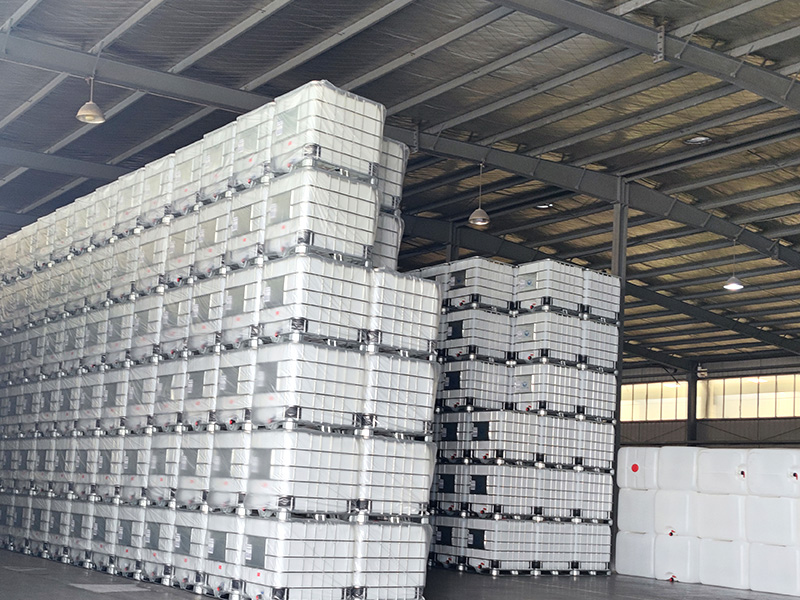
Imagine a bustling chemical factory, where liquids of various types flow through a well-orchestrated network, ready to serve industries far and wide. In the heart of this operation stands an unsung hero—the Intermediate Bulk Container, or IBC tank. While it may not be the most glamorous piece of equipment, its significance cannot be overstated. These sturdy giants play a vital role in ensuring the safe storage, transportation, and handling of liquids and bulk materials in industries ranging from pharmaceuticals to food processing. Today, we embark on a journey to unravel the secrets behind building the perfect IBC tank, starting with understanding its components. So, fasten your seatbelts as we dive into the world of IBC tanks and discover the key to unlocking their flawless performance.
II. The Frame: Foundation of Strength and Durability
The frame is the backbone of an IBC tank, providing the essential support and structure needed to withstand the rigors of industrial use. Let's take a closer look at this critical component and delve into the factors that contribute to its strength and durability.
A. Exploring different frame materials and their advantages
The choice of frame material plays a crucial role in determining the overall performance of an IBC tank. Manufacturers often utilize materials such as stainless steel, carbon steel, or robust plastics like high-density polyethylene (HDPE). Each material brings its unique set of advantages to the table. Stainless steel offers exceptional corrosion resistance, making it ideal for applications involving aggressive chemicals. Carbon steel provides excellent strength and rigidity, ensuring longevity and reliability. HDPE, on the other hand, offers a perfect balance of strength, impact resistance, and cost-effectiveness, making it a popular choice across various industries.

B. Understanding frame design and construction techniques
The design and construction of the frame are key considerations for ensuring the optimal performance of an IBC tank. Engineers meticulously craft the frame to strike a balance between strength, weight, and functionality. Various design elements, such as ribbing, reinforcements, and cross-bracing, are strategically incorporated to enhance structural integrity. Additionally, advanced manufacturing techniques, such as welding or seamless molding, are employed to create a seamless and robust frame that can withstand heavy loads, stacking, and transportation stresses.
C. Examining the role of frame components in ensuring stability and load-bearing capacity
The frame components of an IBC tank work in harmony to provide stability and enhance load-bearing capacity. These components include corner posts, side rails, base supports, and top frames, among others. Each component is designed to withstand vertical and horizontal forces, ensuring the tank's stability during filling, stacking, and handling operations. The integration of reinforcement bars and structural connectors further enhances the frame's ability to handle dynamic loads. By carefully engineering these components, manufacturers ensure that their IBC tanks can withstand the demanding environments they are subjected to.
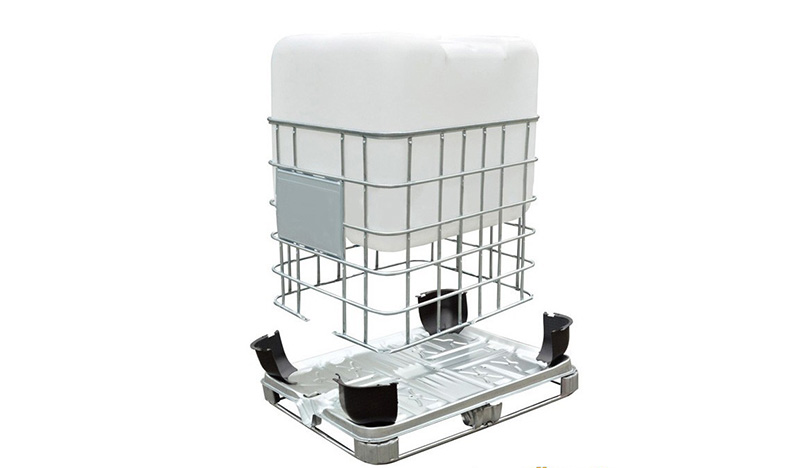
As we conclude our exploration of the frame, we begin to grasp its crucial role in ensuring the strength and durability of an IBC tank. The selection of the appropriate frame material, thoughtful design, and robust construction techniques are all essential elements in creating a foundation that can withstand the challenges of industrial applications. In the next section, we will continue our journey by unraveling the secrets behind the other vital components that make up the perfect IBC tank. Stay tuned for an in-depth look at these key elements and how they contribute to the overall functionality and efficiency of the tank.
III. The Tank: Safely Storing and Transporting Liquids
The tank is the heart of an IBC (Intermediate Bulk Container), responsible for safely storing and transporting various liquids. In this section, we will explore the key aspects of the tank, including its materials, design features, and structural integrity.
A. Overview of tank materials and their suitability for different applications
IBC tanks are available in a range of materials, each offering specific benefits and suitability for different applications. Common tank materials include high-density polyethylene (HDPE), stainless steel, and composite materials. HDPE tanks are lightweight, resistant to corrosion and chemicals, making them suitable for a wide range of non-hazardous liquids. Stainless steel tanks are highly durable, providing excellent protection against corrosive substances and ensuring longevity. Composite tanks offer a combination of strength, chemical resistance, and lightweight properties, making them ideal for specialized applications.
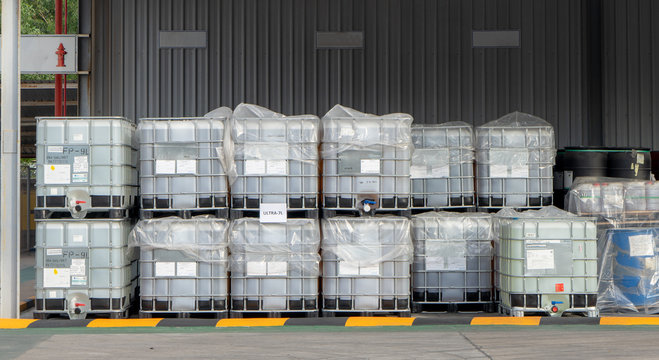
B. Analyzing tank design features for optimal fluid containment
Tank design plays a crucial role in ensuring optimal fluid containment and preventing leaks or spills. Features such as a secure lid or closure system, integrated valves, and gaskets are essential to maintain a reliable and watertight seal. A well-designed tank should also incorporate features that facilitate easy filling, dispensing, and cleaning, such as strategically placed ports, vents, and drainage outlets. These design elements ensure efficient fluid handling while minimizing the risk of product contamination or loss.
C. Examining the importance of reinforcement and thickness for structural integrity
Reinforcement and thickness are critical factors in ensuring the structural integrity of an IBC tank. The tank walls are reinforced with ribs or structural supports to withstand internal pressure and external forces during transportation and handling. Additionally, the thickness of the tank walls is carefully determined to meet specific requirements, balancing strength, weight, and capacity. A thicker tank provides increased resistance to impact and external stress, contributing to its overall robustness and durability.
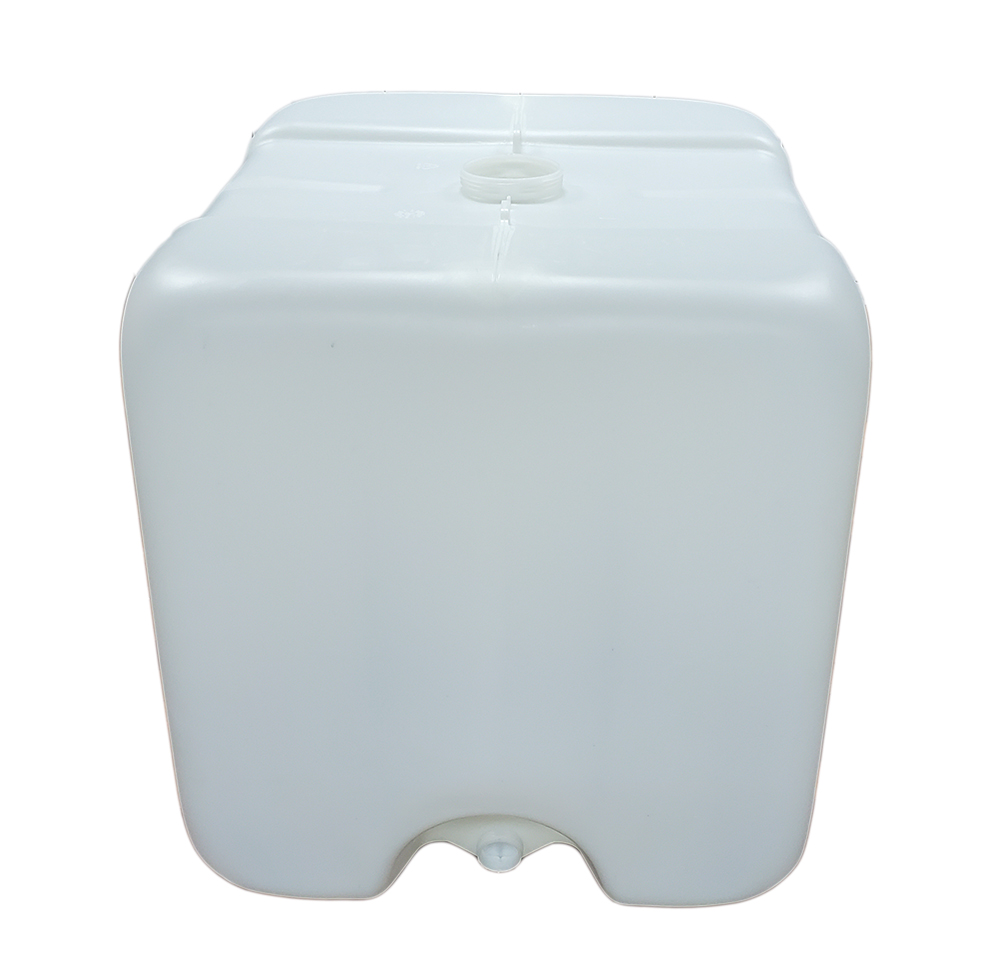
As we delve into the world of IBC tanks, it becomes evident that the tank's design, material selection, and structural integrity are paramount for safe and efficient liquid storage and transportation. The choice of the appropriate tank material and design features tailored to specific applications ensures that the tank can withstand the challenges of the environment it operates in. In the next section, we will continue our exploration by examining other vital components that complete the perfect IBC tank. Stay tuned for a closer look at these elements and their role in maximizing the functionality and reliability of the tank.
IV. The Valve: Controlling Flow and Dispensing Efficiency
The valve is a vital component of an IBC (Intermediate Bulk Container) tank, responsible for controlling the flow of liquids and ensuring efficient dispensing. In this section, we will explore the different types of valves used in IBC tanks, their functionality, and the key considerations when selecting the right valve for your specific needs.
A. Types of valves used in IBC tanks and their functionality
IBC tanks employ various types of valves, each designed to serve specific purposes and accommodate different liquid handling requirements. Common valve types include ball valves, butterfly valves, and gate valves. Ball valves provide excellent sealing properties and offer quick and easy on/off control. Butterfly valves are known for their compact design and precise flow regulation. Gate valves are commonly used for full flow applications and provide a tight shut-off when closed. Understanding the functionality of each valve type is essential in determining the most suitable choice for your application.
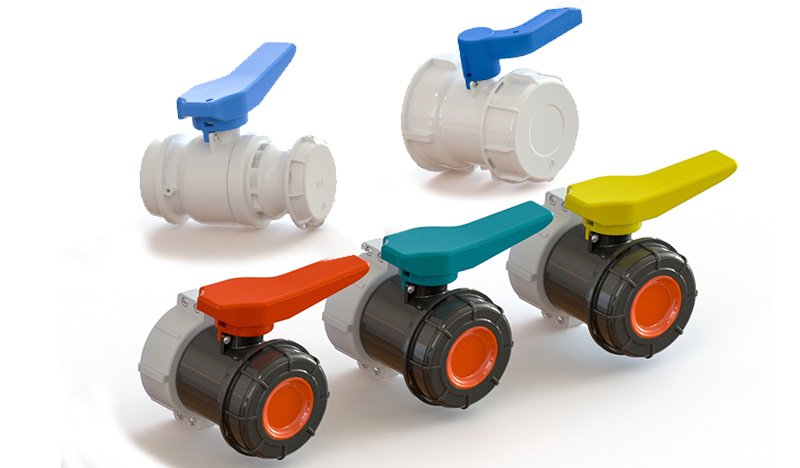
B. Exploring valve materials and their compatibility with different liquids
Valve materials play a crucial role in determining their compatibility with different liquids and ensuring long-lasting performance. Common materials used for IBC tank valves include stainless steel, brass, and polypropylene. Stainless steel valves are corrosion-resistant and suitable for a wide range of liquids, including corrosive substances. Brass valves are known for their durability and are often used for non-corrosive liquids. Polypropylene valves offer excellent chemical resistance and are ideal for handling aggressive or hazardous fluids. Selecting the appropriate valve material is essential to ensure compatibility with the liquids being stored or transported.
C. Discussing valve designs for efficient flow control and drip prevention
Efficient flow control and drip prevention are critical factors in the design of IBC tank valves. The valve design should allow for precise flow regulation, enabling operators to adjust the flow rate according to their needs. Additionally, valves with integrated drip prevention features, such as self-closing mechanisms or anti-drip seals, help minimize product waste, prevent leaks, and maintain a clean and safe working environment. Considering these design aspects when selecting a valve for your IBC tank promotes efficient liquid dispensing and enhances overall operational efficiency.

As we have seen, the valve is a key component in an IBC tank, enabling controlled flow and efficient dispensing of liquids. The selection of the right valve type, material, and design features tailored to your specific requirements ensures smooth operation and minimizes the risk of leaks or product wastage. In the next section, we will continue our exploration by examining other essential components that contribute to the functionality and reliability of the perfect IBC tank. Stay tuned to discover the complete picture of an optimized IBC tank and its components.
V. The Lid: Ensuring Secure and Convenient Access
The lid of an IBC (Intermediate Bulk Container) tank serves a crucial role in providing secure and convenient access to the contents within. In this section, we will delve into the importance of lid design, sealing mechanisms, and various lid accessories that enhance functionality and safety.
A. Importance of lid design for easy filling, emptying, and maintenance
The lid design of an IBC tank significantly impacts the efficiency of filling, emptying, and maintenance processes. A well-designed lid should provide ample space for easy access to the tank's interior, allowing operators to perform tasks such as cleaning, inspection, and sampling without hassle. Additionally, features like large openings or hinged lids facilitate smooth and efficient filling and emptying operations, reducing downtime and optimizing productivity.
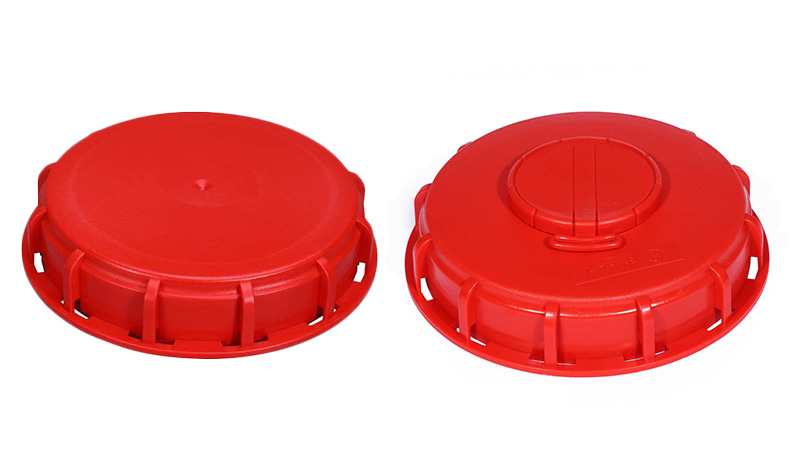
B. Examining sealing mechanisms to prevent leaks and contamination
Effective sealing mechanisms are crucial to prevent leaks, maintain product integrity, and prevent contamination. Lid seals, such as gaskets or O-rings, play a vital role in creating a secure and tight seal between the lid and the tank body. These seals ensure that no liquid escapes during storage or transportation, minimizing the risk of product loss and maintaining the quality and safety of the contents. Robust sealing mechanisms also help prevent the entry of external contaminants, preserving the purity of the stored liquids.
C. Discussing lid accessories for additional functionalities, such as vents or dip tubes
Lid accessories can enhance the functionality and versatility of an IBC tank. For example, vents or breather caps can be installed on the lid to allow for proper airflow during filling or dispensing operations, preventing the build-up of pressure or vacuum inside the tank. Dip tubes, which extend from the lid to the bottom of the tank, enable efficient extraction of the liquid, ensuring complete utilization of the contents and minimizing waste. These accessories provide added convenience and flexibility in the handling and usage of IBC tanks.

In conclusion, the lid of an IBC tank is a critical component that ensures secure and convenient access to the tank's contents. Its design, sealing mechanisms, and accessories greatly contribute to the ease of filling, emptying, and maintenance, as well as the prevention of leaks and contamination. In the next section, we will continue our exploration by examining other essential components that complete the picture of a perfectly engineered IBC tank. Stay tuned to uncover the comprehensive understanding of IBC tank components and their significance.
In conclusion, each component of an IBC (Intermediate Bulk Container) tank plays a crucial role in building the perfect solution for storing and transporting liquids. We have explored the significance of the frame, tank, valve, lid, and pallet, understanding their functionalities and how they contribute to the overall performance and reliability of the IBC tank.
Throughout this journey, we have recognized the importance of quality materials, thoughtful design, and meticulous construction. Investing in high-quality components ensures the durability, safety, and efficiency of IBC tanks, providing peace of mind to businesses across various industries.
When it comes to sourcing IBC tanks and their components, it is essential to choose reliable suppliers and manufacturers who prioritize excellence and adhere to strict quality standards. Trustworthy partners will not only provide superior products but also offer expert guidance and support throughout the entire process.
As you embark on your journey to acquire the perfect IBC tank for your specific needs, remember to consider the suitability of each component, the reputation of the suppliers, and the value they bring to your operations. By making informed decisions and working with trusted partners, you can unlock the full potential of IBC tanks and reap the benefits of efficient liquid storage and transportation.
At HUAN MACHINERY, we are committed to delivering exceptional IBC tank solutions that meet the highest industry standards. Our expertise in designing and manufacturing reliable components ensures that our clients receive the best quality products tailored to their requirements. We invite you to explore our comprehensive range of IBC tank components and experience the difference that top-notch craftsmanship and attentive customer service can make.
Choose excellence. Choose reliability. Choose [Company Name] for your IBC tank needs. Contact us today and let us help you build the perfect IBC tank solution that will elevate your operations to new heights.

Thank you for joining us on this journey through the world of IBC tank components. We look forward to partnering with you and providing innovative solutions that exceed your expectations.





















